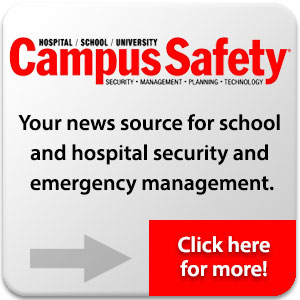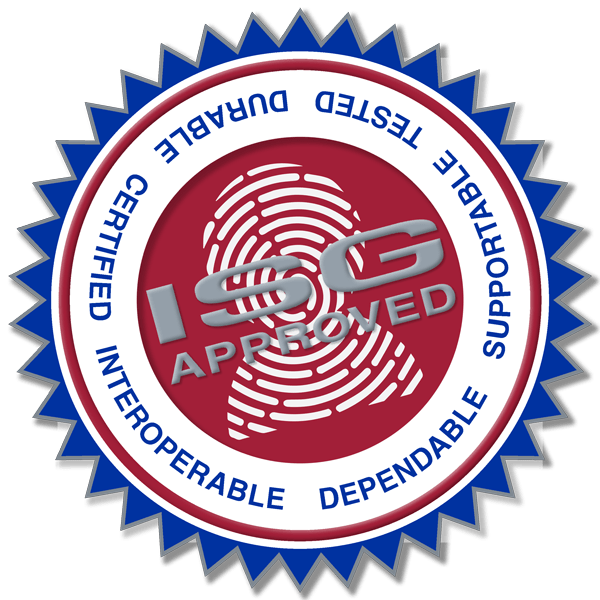The downstream effects of violent school incidents are being felt in classrooms, schools, district offices and at school board meetings nationwide. Importantly, these incidents also reverberate at kitchen tables, police stations, state houses… everywhere. Following such incidents there are intense emotions and strong public pressure to do “something” to make our schools safe.
Monies are being allocated and mandates developed. Unfortunately, there are no easy answers and no one-size-fits-all solutions. There is no “buy this one thing” school safety remedy; no “just do this and your school will be safe” process. The massive differences in exposure, security posture, school community demographics, location, building design and condition, as well as a dozen other factors preclude a universal best answer to any school security challenge.
Don’t Borrow Practices from Other Industries
Security experts, many with law enforcement and or military background, but lacking school experience or context are offering recommendations for changes in school security practices. However, the strategies employed to secure a warehouse, a concert hall, a retail shop, a military base, or an airport don’t fit the multiple operational necessities and realities of schools.
These suggestions often require staffing or financial resources that schools simply don’t have and/or require processes that are so intrusive on educational practice that they are unsustainable. Without this school contextualization, borrowed strategies fit poorly. The predictable result is wasted money, empty effort, and abandoned initiatives that leave schools less secure rather than more.
School Safety is a Journey, Not a Destination
A one-time purchase and implementation of a technology-based solution can be and too often is seen as an easy way to be perceived as doing “something.” Repeatedly we have seen that once such a solution is implemented, everyone involved assumes that the school is now safe, and the job is done.
Nothing could be further from the truth. Again, like most efforts in education, it is a process of continual improvement. It sounds a bit cliché, but creating a safe and secure educational environment is a journey you take and not a destination you reach.
Security is an ongoing posture that a school community must adopt and not simply a set of processes. It’s infinitely more than just a product someone wants to sell you.
School operations strive to create a balance between two things that often are opposing extremes: a warm, open, welcoming educational environment where students and parents feel not only free but encouraged to actively engage with learning vs. the very real need to provide a safe and secure bastion where learning can occur.
An effective school security posture accepts the necessarily competing operational realities that exist in a healthy school environment. Pushing to an extreme in any one of these realities can be counterproductive, as it would negatively impact another critical variable. As such, creating an effective and sustainable school security plan takes thoughtful consideration, inputs from throughout the community, and time.
Most School Security Failures are Human Failures
Technology systems for access control, visitor management, video surveillance, shot detection, mass communications, weapons detection, Et. al. don’t keep schools safe. Facilities elements: doors, locks, laminated or bullet proof glass, window film, and all the other “hard parts” don’t keep schools safe. In the same vein, processes and procedures, a school’s anti-bullying program, anonymous /confidential reporting system, emergency operation plans, activate shooter response protocol, and Behavioral Threat Assessment, don’t keep schools safe. The PEOPLE of a school community keep their school safe!
I am not minimizing the potential benefit and effectiveness of all the items listed above and at least a dozen others. I have advocated for most of them, and I’m a fan. But they are just tools. Often very good tools, but at the end of the day, just tools. And tools are used by people.
All will fail, to a lessor or greater extent, absent a school climate and culture developed to be supportive of and committed to both, a safe and secure educational environment and effective consistent use of the tools available. It is essential to understand that most school security failures, are first, human failures.
Don’t Just Focus on Incident Response
In the aftermath of school shootings, the immediate emphasis often turns to improving a school’s response to the active shooter. Current reality dictates that a robust response capability is an absolute requirement for schools. A school’s response capability is important and should be a subject of ongoing review.
Whenever possible, however, prevention is the much better option. Pre-incident detection and communication processes and procedures can and often do suffer from a singular focus on increasing a school’s response capability. This is “right of bang” rather than “left of bang” thinking. Avoiding the “bang” should be the first objective of any comprehensive school safety and security program.
High-quality, effective school security planning always considers assessment before treatment. The first task is to identify the threats that exist in your environment and your current vulnerability to them. Newly identified vulnerabilities don’t always require new solutions. Often, the broader education community has already identified highly effective practices. Known effective practices, consistently implemented, are the best strategy to improve your school’s safety and security profile.
New equipment or technology may help address a specific vulnerability, but it is consistent use of proven effective practice applied with fidelity that will be the key to a safer and more secure educational environment.
School Culture Must Support Security & Safety
An effective security process is not a mystery. Most general security principals are commonly known and well defined.
First is in the development of a security-supportive school culture. The term “culture” as used here, refers to a shared ethos, the generally accepted actions, and practices expected by and common to the members of the school community. Because most school security failures are human failures, affecting the human element is the requirement. School climate and culture is foundational for effective school safety and will impact all aspects of your safety and security efforts.
A culture that actively embraces all the operational processes required and effectively employs the available tools to provide a safe and secure school environment is the single most important element for school security improvement! The process for fostering such a school culture is a subject for another time.
Procedures & Systems Must Be Realistic
Another closely linked mistake is the failure to contextualize the procedure or system application to the realities of a school environment.
Consider the process of the building envelope exterior door security. This is a much different process at a correctional facility than at your local high school. But the basic security premise of secure exterior doors still applies. Exterior doors can only be in one of three conditions. They are either secure, they are monitored, or they pose a vulnerability. How this is effectively accomplished with fidelity in an educational setting where the core mission is the education of children is the trick. This is also a topic for another time.
School Safety & Security Solutions from the ISG
As we work to develop safer and more secure schools, educators must be intimately involved because as they understand the context of the educational environment.
Educators live in a culture that must actively embrace and constantly employ the tools and processes that make a school safe. It will require their involvement to create the castle for learning that all schools should be.
The ISG offers trusted solutions from many partners that can help your school with the solutions it needs to create a safe and secure school environment.
Your local ISG dealer member can also integrate photo ID card issuance, tracking, visitor management, access control and campus card services into a complete campus-wide solution for your school.
Contact us to talk with your local ISG member about solutions for your campus.
Original article written by Guy Bliesner for Campus Safety Magazine.


